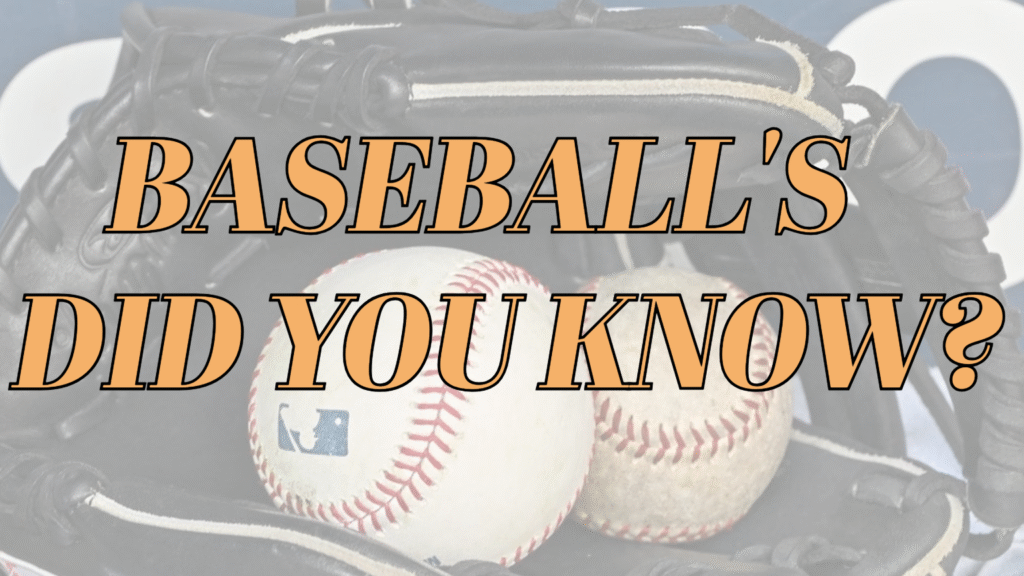Willie, Mickey and the Duke
June 20, 1961 — The voting ends in a ‘world-wide election’ to settle the question who is the better superstar, New York’s Mickey Mantle or San Francisco’s Willie Mays. The Sport magazine poll, inspired by Bill Hoebler, a young baseball fan, and reader from Pittsburgh, puts the Yankee center fielder ahead of the Giants’ Say Hey Kid by more than 500 votes, after the tallying the seventeen pounds of postcards from all 50 states and several countries.
Willie, Mickey, and The Duke: The Men Behind the Myth
In the golden decade of 1950s baseball, no city in America was more alive with the game than New York. And at the heart of this era stood three young, supremely talented center fielders—Willie Mays of the Giants, Mickey Mantle of the Yankees, and Duke Snider of the Dodgers. They weren’t just stars; they were citywide icons, each representing a borough and a fan base in what was arguably baseball’s last true golden triangle. Their impact was so profound that songwriter Terry Cashman forever immortalized them in his beloved 1981 tune, “Talkin’ Baseball (Willie, Mickey and The Duke).”
But the road to Cooperstown wasn’t paved with ease.
Mickey Mantle, the “Commerce Comet” from Oklahoma, broke into the majors in 1951 with more hype than almost any player before him. Despite a blistering spring training, Mantle faltered under the weight of expectations. Struggling at the plate and hounded by critics over a failed military physical due to osteomyelitis, he was demoted to the minors. There, he nearly quit baseball—until his father challenged his resolve in a now-legendary hotel room conversation. Mantle stayed, stormed back, and became a Yankee icon, belting 536 homers, winning three MVPs, and earning a reputation as one of the most powerful switch-hitters in history.
That same year, Willie Mays was tearing up the American Association, hitting .477 for the Minneapolis Millers. The call to the big leagues came via a movie theater intermission in Sioux City. But the 20-year-old from Alabama doubted himself. Mays went 1-for-26 in his first week and wept in the clubhouse. Giants manager Leo Durocher refused to lose faith, famously telling him, “You’re my center fielder.” Mays responded with a stellar rookie campaign, won Rookie of the Year, and after two years of military service, returned to win MVP honors and lead the Giants to a title in 1954. His career—marked by 660 home runs, iconic catches, and five-tool brilliance—was one of baseball’s finest.
Duke Snider, the California-born “Duke of Flatbush,” had an even slower start. After a rocky debut in 1947, he was twice demoted and at one point worked on a sewage project back home, doubting his future in the game. But Dodgers management stuck by him, and by 1949 Snider had blossomed into a power-hitting mainstay in center field. He helped lead Brooklyn to multiple pennants and a long-awaited World Series title in 1955. Despite intense media pressure—especially after the Dodgers’ collapse in the 1951 pennant race—Snider persevered and would eventually hit 407 homers en route to the Hall of Fame.
These three players weren’t just talented—they were resilient. Each faced self-doubt, public criticism, and career-defining adversity. But they pushed forward, becoming the faces of their teams and legends of the game.
Their stories remain timeless not just for their on-field accomplishments, but for their humanity. And Terry Cashman’s “Talkin’ Baseball” beautifully captures that moment in time, evoking nostalgia and reverence for when New York was the baseball capital of the world—and center field belonged to Willie, Mickey, and the Duke.


